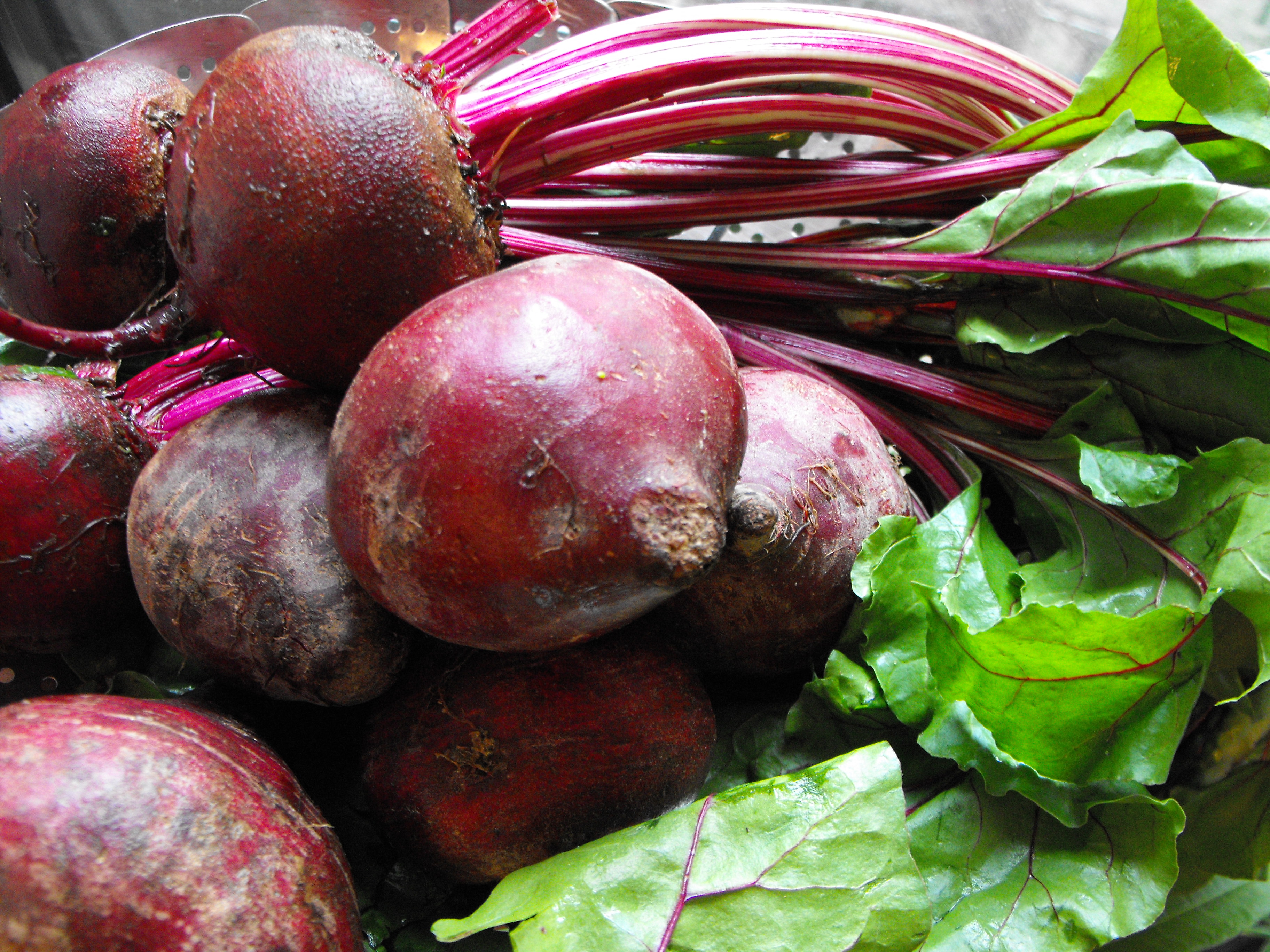Every week during the summer is pretty busy on a farm. At Peaceful Road Farm where Scot works, haying was going on all last week, and many of the hands were working 18 hour days. Scot got to miss out on much of the fun due to a visit to the Detroit area with Micah. Micah had to take the nine pound hammer to some cement in grandpa and grandma's back yard.
At any rate, work went on at farms in Shelbyville, Martin, Hopkins, and Wayland. Whether corn holds a place in your heart or not (Jenn and Scot are going to watch a movie called "King Corn" soon), it is coming up well in our part of Allegan County, and all of the hay and legumes are doing well. Our CSA garden is doing superbly, and the sheep are very excited about being turned out into new, uncut pasture. Pigs are growing well, and the new chickens taste great. The Miller-Seif ate one for dinner yesterday, and are supplying the Friends Meeting with a few more for this weekend's retreat.
On a side note, don't let me forget to get a picture of Emma in her swampers in the morning, when she is feeding the pigs. Nothing better than a teenage girl getting caught in her nightie and knee boots carrying slop!
As for all the farming that takes place out here in Allegan County, Jenn introduced a few folks to the CSA movement at a book discussion at Wayland's Henika District Library. A group of individuals were discussing the book
Animal, Vegetable, Miracle by Barbara Kingsolver. Jenn spoke about the farm, and the nature of the food that we grow, and she encouraged others to get involved; not only as consumers, but as food experts. The book has been out for a while, and here is a link to check out:
 |
| A broody hen found in the pig pen |
One thing that farmers cannot do without are neighbors. Considering the small size and budget of our farm, Sandhill want to share stories about our neighbors with all of you. Our friends in Bradley and Delton, at the elevator in Hopkins, and the farm store in Wayland. last week, we told you about Scott from Outdoor Motor. This week, we bring you Lisa from the gas station in Bradley.
 |
| Lisa at the gas station located at the Bradley four-way stop. |
Lisa is a favorit because every time Scot walks in she identifies him as her favorite Quaker, which is not a common occurrence in his life. Lisa is undoubtedly popular, because she is surrounded by four or five men every morning, as they sip coffee and talk to each other, mindfully keeping their voices low because most likely, Lisa knows when they are stretching the truth.
Lisa is a special neighbor because of her commitment to our friendship, but also because of her generosity. More often than not, when gas is above four dollars, she has a twenty in her pocket that help folks out with gas money to get to work. She also knows who has hay for sale, who might want to buy pork, and what kind of powdered cappuccino drink Scot likes best. Most impressive is that when Lisa's driveway isn't properly plowed, she fires up her own 1970's pickup and re-plows it. As we sometimes say at Sandhill, if it is worth doing once, it is worth doing twice.
Oh wait, the chicken healing part. One of our hens seems to have a broken leg, or at the very least, hurt very bad. Of course, most farmers, including Scot, would just as soon cull the bird so as not to waste resources on a bird that won't make it, and is very likely in a lot of pain. However, Rosa is fairly particular about which animals are culled, and which are not. So, she is working with this hen hoping to restore it to health, uch as she did with a rooster that had a similar problem last year. At his time, the hen is recuperating by relaxing under a lilac bush. It took Rosa about a half hour of worried searching before she found the hen, but she knew it was around somewhere. How was she so sure? She didn't see any feather around or any sign that a raccoon took it, and she did not see a pair of wings left behind, as happens when a fox gets a chicken. So she searched diligently, and there it was, snuggled under a bush.
And finally, the pregnancy test. You will have to visit Jenn's facebook page to find out more about that...














































